Fujifilm has announced a couple of new products, one of which is the Fujifilm X-T50 mirrorless APS-C camera. It features the same 40-megapixel X-Trans CMOS 5 HR sensor as the popular X100VI. The X-T50 is promised to be a game-changer for the professional and serious amateur photographer.
The Fujifilm X-T50 is the fifth generation featuring the X-Trans CMOS 5 HR sensor. That’s why the manufacturer has skipped X-T40 in the naming. It makes more sense in a way. On the other hand, the number forty would be logical as well since the sensor has 40 megapixels, which is the same as used in the popular X100VI camera.

No matter what the name is, this new camera has a lot of great features that make it a very interesting camera. Despite its small size, it features a 7-stop IBIS system, a tilting screen, and physical dials, including a new film selection dial. New is the REALA ACE film simulation, which has become possible thanks to the processing power of the new X-Processor 5.
Together with the X-T50, Fujifilm also upgraded the standard zoom lens. The FUJINON XF 16-50mm f/2.8-4.8 R LM WR can keep up with the resolution of the camera. It now has internal zoom and is weather-resistant. Compared to the previous standard zoom lens, it is a bit wider at the shortest focal length, something that has been requested a lot by the Fujifilm community.
Some Specifications
- Back-side illuminated 40.2-megapixel X-Trans CMOS 5 HR sensor
- Improved pixel structure for the best efficiency and signal-to-noise ratio
- Electronic shutter up to 1/180,000 second
- 8 frames per second (mechanical shutter) and 13 frames per second (electronic shutter). This can be increased to 20 frames per second with an additional 1.29x crop.
- AI-based object recognition with deep learning technology for animals, birds, cars, motorcycles, planes, trains, insects, and drones
- 20 film simulation settings, including the new REALA ACE
- Dedicated film simulation dial
- Grain effect and color chrome effect
- Digital 1.4x and 2.0x extender
- 5-axis In-Body Camera Stabilization up to 7 stops
- 6.2K / 30p video recording with full AF-tracking ability
- Continuous video recording up to 60 minutes.
- Optimized ergonomics with rounded corners and a better grip
- Improved buttons with better response and pressure point
- Built-in pop-up flash
- Tilted 3-inch LCD screen with 1.84 million dots
- OLED Electronic viewfinder with 2.36 million dots
- Battery rating up to 390 shots in economy mode
- Single UHS-II-SD card slot
- Weight of the body including battery is 438 grams
First Impression of the Camera
The X-T50 is a small camera, quite similar to its predecessor. Although there are changes in design and ergonomics, the difference in size and weight is negligible. When compared to my own trusted X100T camera, the X-T50 seems to be somewhat smaller, but that’s without the lens. However, with the new standard zoom lens attached, the X-T50 is a compact camera nevertheless, which is perfect for lightweight travel.
The design changes include rounded edges, an improved grip, and buttons that provide better feedback. The Q-button rests on the thumb rest on the back. This extrusion is more prominent, making the Q-button less prone to accidental use.
There is a shutter dial and an exposure compensation dial, both without locking possibility. New is the film simulation dial, which offers direct access to a selection of the 20 film simulation settings that are available. The most common are included, as well as three custom buttons and a C-setting to set the desired film simulation in the menu.
Using the film simulation dial activates a digital dial on the screen or in the viewfinder, which makes it possible to get the desired film simulation while keeping your eye to the viewfinder. This direct access and the mirror image of the dial on screen offer a fast and convenient way of changing this setting.

Despite its small size, the camera holds pretty well. It’s called a friendly camera, referring to the ability to use the camera inauspiciously. Its 5-axis IBIS system helps in getting tack-sharp images with longer shutter speeds. Although it won’t stop the action, it’s extremely useful.
Using the Camera
I got the opportunity to use a pre-production model of the X-T50 and XF 16-50mm lens for a short amount of time. Since the raw files are not yet supported by most image editing software, I was limited to the in-camera JPEG. I did capture the raw files also, for when the file support is rolled out.

The introduction of the dedicated film simulation dial shows how Fujifilm is confident in the quality of the in-camera JPEG. I believe this camera is aimed at the photographer who loves to use the film simulation features. But it’s not limited to JPEG-only. However, if you use the camera for raw shooting, the dedicated film simulation dial becomes almost a useless feature.
The 40-megapixel sensor offers a lot of detail. This resolution is perhaps too much for most situations, but it enables you to crop if necessary. That’s the reason why the built-in extenders are available. The 1.4x extender results in a 20-megapixel file, and the 2.0x extender decreases the resolution towards 10 megapixels. This is more than enough for most situations, reducing the need for long and heavy tele lenses.
The tilted three-inch screen is convenient for unsuspicious shooting, but unfortunately, the touchscreen ability is limited to setting a focus point or capturing an image by the touch-shutter function. It would have been nice if the touchscreen were available for the menu and other functions as well.
Although the buttons are improved, and the thumb rest with the Q-button is redesigned, using the camera from the hip still resulted in accidentally pressing the Q-button. Perhaps it’s less frequent compared to previous models, but it still happens too often.
Unfortunately, there wasn’t enough opportunity to test the autofocus performance. But it should work very well since it inherits the system from the excellent performance of the X100 VI.
With all the functionality that the X-T50 now offers, the camera is situated closer to the Fujifilm X-T5 flagship model. It was mentioned as the mini X-T5 for a reason.
Preliminary Conclusion
It’s difficult to give a conclusion based on the first use of the new X-T50, which is a pre-production model as well. The first impression is a very capable camera that can compete with a lot of other cameras, including the Fujifilm X100VI. I think it can be seen as an X100VI with the ability to exchange lenses.
However, that’s where the similarities end. It’s an entirely different camera, pointed at a completely different audience. I believe it can become a popular camera among photographers who like to travel lightweight without giving in on resolution and autofocus performance.
It’s also a camera that is focused on the JPEG photographer because of the dedicated film simulation dial. It invites the use of the different looks these film simulations offer, including the new REALA ACE. The implementation is well thought through.

I enjoyed using this camera. I think it’s well worth buying. Perhaps even more than the famous X100 VI model. As a matter of fact, this camera may be the better choice since it offers the ability to change lenses but also price-wise.
What I Liked So Far
- Size and weight
- Dedicated dials for exposure and exposure compensation
- Dedicated film simulation dial and how using it is visible in the viewfinder
- Resolution offers a lot of cropping options
- In-body camera stabilization
- Joystick and button response
- Improved ergonomics
- Fun factor using the camera
- Clean JPEG images, even with high ISO settings
What I Didn’t Like So Far
- The thumb rest with the Q-button
- Touchscreen limitations
- Dedicated film simulation dial loses its function when shooting raw
- Not all buttons offer a similar response and feedback
As mentioned, the photos in this article are made with a pre-production model and are all in-camera JPEG, without post-processing, except for a small extra crop on occasion.
I’m looking forward to using this camera for an extended time. After all, that way, it becomes clearer how the camera performs and handles.




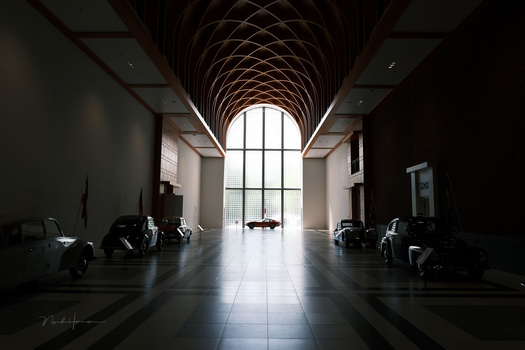
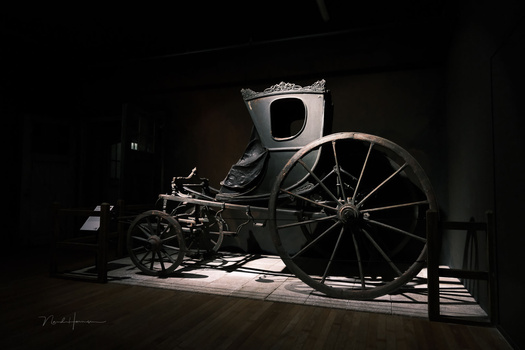
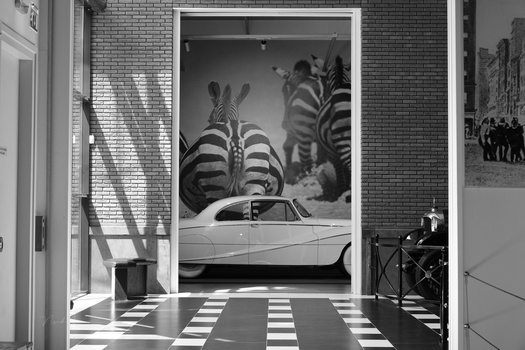
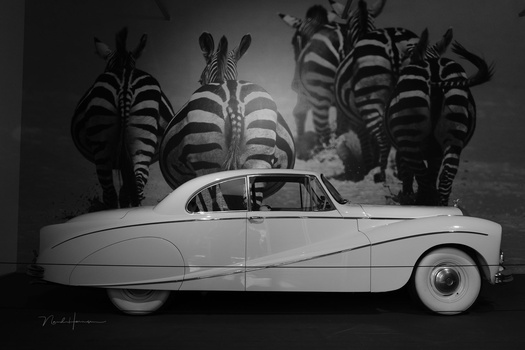

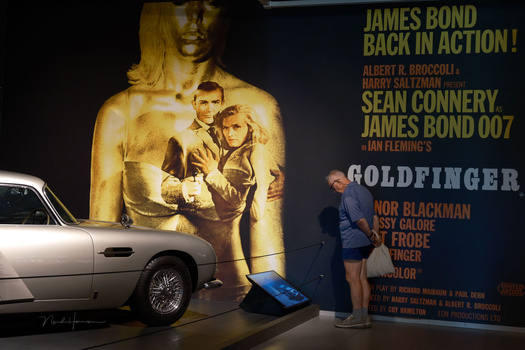
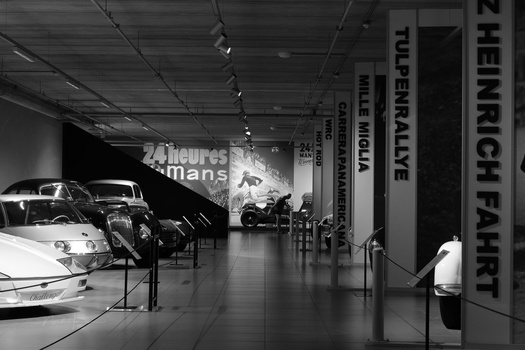
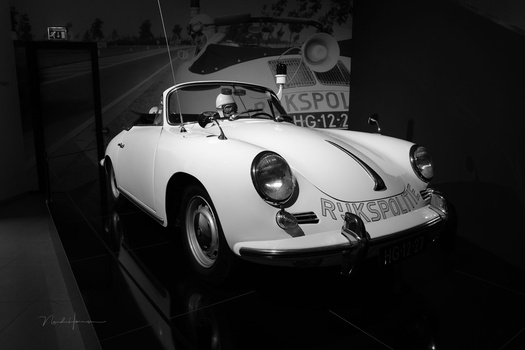
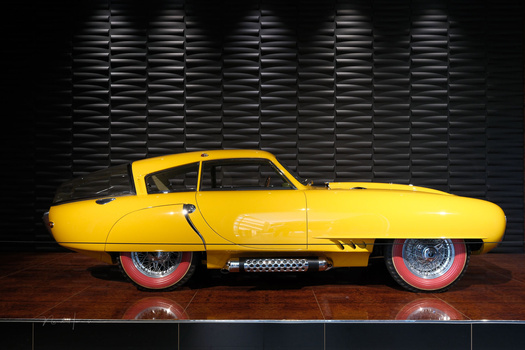
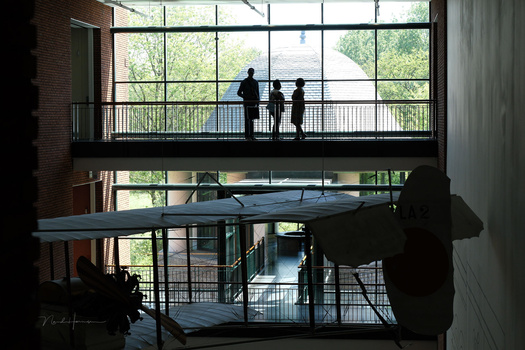
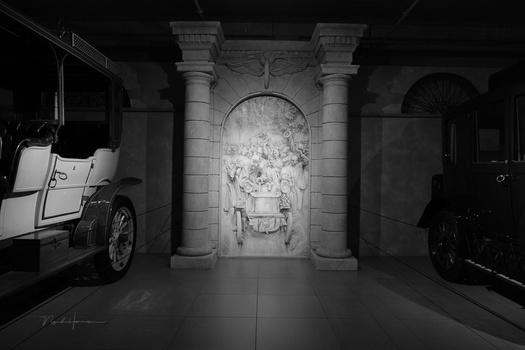
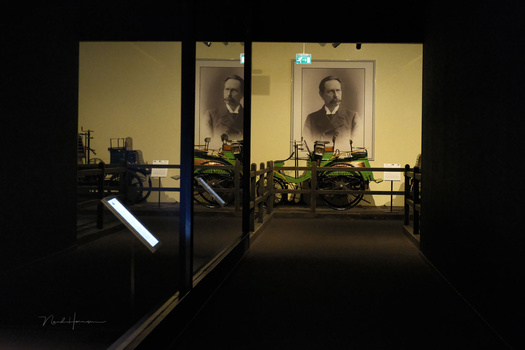
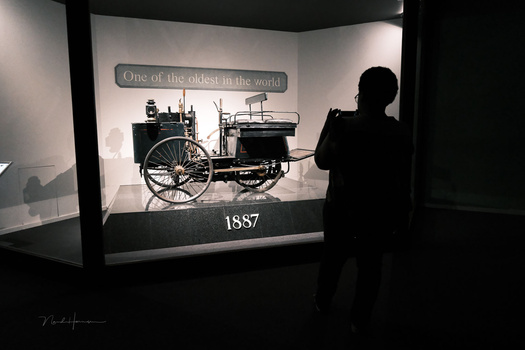
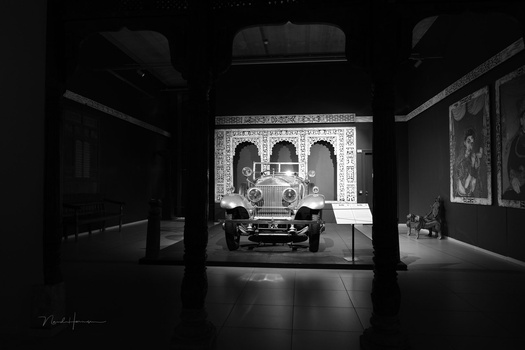
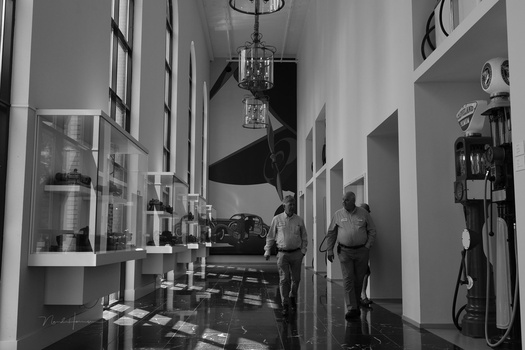
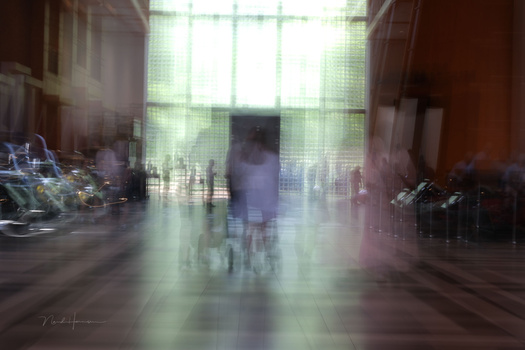






Wow, the X-T50 here in the UK will be literally only £150 cheaper than the X-T5. The price has gone up by £500 over the X-T30 II. Is this some sort of ploy by Fujifilm to encourage people to pay up the £150 difference for the X-T5?
Nah they just recognize the Fuji tax and the fact people are willing to pay too much for their cameras.
X-T50 is too expensive for what it is. It lacks too many features and STILL uses that old battery. You could spend that money on a used X-T5 and have a much more capable camera. or spend less on an X-T4 and still have a much more capable camera. Seems like the Fuji Tax has finally reached the MSRP. I bought my X-T2 for $275 and can now sell it for a profit of about $300. The Fuji tax is insane. The X-T50 would be worth it between $900 to $1100.
Is it time to give up on Nikon APS-C? If I see one more cosmetic spin-off of the Z50, I'm gonna gag. And it looks like the Z90 isn't happening.
I just priced the T50 vs the T30ll here in Canada with the 15-45mm zoom for comparison. $2000Cdn vs $1250Cdn. No, just NO! I would go for $1600, but NOT $2000. That is a 60% increase!!! Also the Film sim dial is meaningless for me. I am a long time enthusiast who is deep into the digital darkroom. I was looking for a replacement for my 10 year old carry everywhere little camera. I could not only justify this price increase financially, but ethically too. :(